Customer Experience (CX) is the cornerstone of any successful and expanding business strategy. The common belief among marketers is that standing out from the competition requires offering a superior consumer experience. A great customer experience requires demonstrating connectivity, personal touch, and consistency quickly and in the proper amounts while leveraging the appropriate technologies. Hence, it’s a terrific way to boost CX with dynamic audience segmentation.
It is more complex than ever for brands to win over customers, even as they grow more aware of the time spent online. Audience segmentation is likely the most popular method marketers use to engage with customers in meaningful ways. Best case scenario: Audience segmentation aids brands in better understanding consumers and timely message delivery. Consumers, however, are outgrowing the conventional methods of audience segmentation and seeking tailored experiences as technology advances. Marketers must therefore change.
Also Read: Four Qualities CMOs Must Possess in Order to Build Great Brands and Businesses
Consumer behavior, expectations, and tastes are rapidly evolving, and the consumer journey has grown more complex. Because it enables marketers to present pertinent messaging, content, and product recommendations during intent-rich moments, predictive customization is the cornerstone to effective marketing.
The foundation of personalization has always been audience segmentation; however, with the advent of new technology, old methods of audience segmentation are sometimes ineffective because they are not scalable.
Marketers can no longer lean on marketing that is “one-to-many.” According to a recent Accenture survey titled “Living Business Achieving Sustainable Growth Through Hyper-Relevance,” customers switch brands 64% of the time in order to find a more suitable product, service, or experience, and this percentage is certain to rise. Dynamic audience segmentation can assist in providing customers with more tailored and relevant experiences, although not being as successful as one-to-one personalization.
Why is dynamic audience segmentation crucial for marketers?
A fantastic starting point for the path to predictive personalization is dynamic audience segmentation. It can assist marketers in comprehending the consumer journey and identifying more intricate, data-based consumer preferences and behavior. It is no longer sufficient to use past data and merely rely on demographics; because of how competitive the internet landscape is, consumers need more relevant experiences.
Marketers are aware of the individuality of every customer. Every person has their own context at every stage of the buying process, including their interests, buying tendencies, and other dynamic external elements that influence their decisions. The difficulty lies in fully comprehending these behaviors and traits and then taking prompt appropriate action.
Here are some ways how dynamic audience segmentation can help marketers.
Also Read: 2021 Marketing Landscape – Analytical CMOs Leveraging Marketing Intelligence to Drive Business Growth
Accomplishing company goals and enhancing marketing ROI
To observe results like conversion and retention, dynamic audience segmentation can be a simple solution. Marketers can test straightforward use cases that precisely depict end-to-end results and save time on data analysis by using AI-powered solutions. In order for marketers to execute within weeks rather than months or years, it is crucial to look for technological solutions that connect fast and smoothly with the current technologies.
Meeting customer demands is what it all comes down to in the end. Customers are complex people. Therefore, it’s crucial to provide them with experiences that recognize this and help them feel understood. Consumers are more likely to remain faithful, and marketers are better able to increase business results with a technology-driven approach to dynamic audience segmentation. This approach can also create more relevant, personalized digital experiences while easing the workload on marketing teams.
Enables efficient mass personalization
Traditional audience segmentation is labor-intensive, challenging to execute at scale, and manual. Today’s marketers are only able to customize their messages and experiences for a few broad demographics (first-time visitors, returning customers, etc.). But it frequently results in subpar outcomes and excessive contact among familiar customers. Without some assistance from AI-powered technology, it is hard to accomplish more in real-time. In order to build really relevant experiences for segments at scale, using AI-powered solutions to enable dynamic audience segmentation can detect challenging or time-consuming patterns for people to uncover. Marketers don’t have to perform much of the heavy lifting.
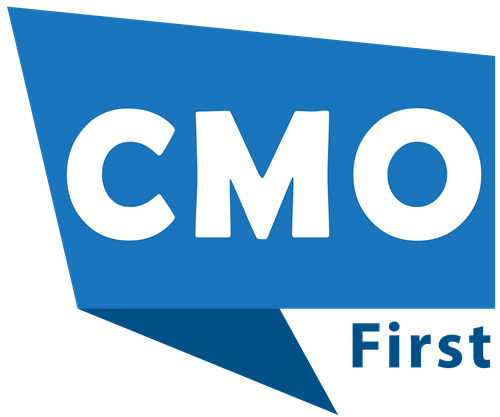






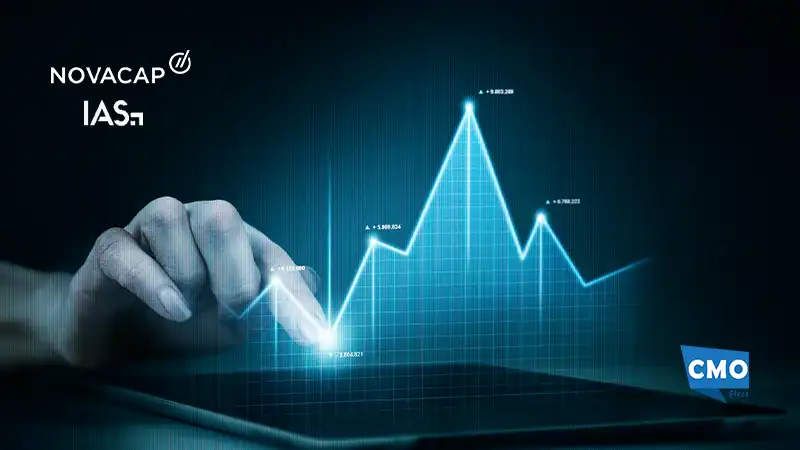


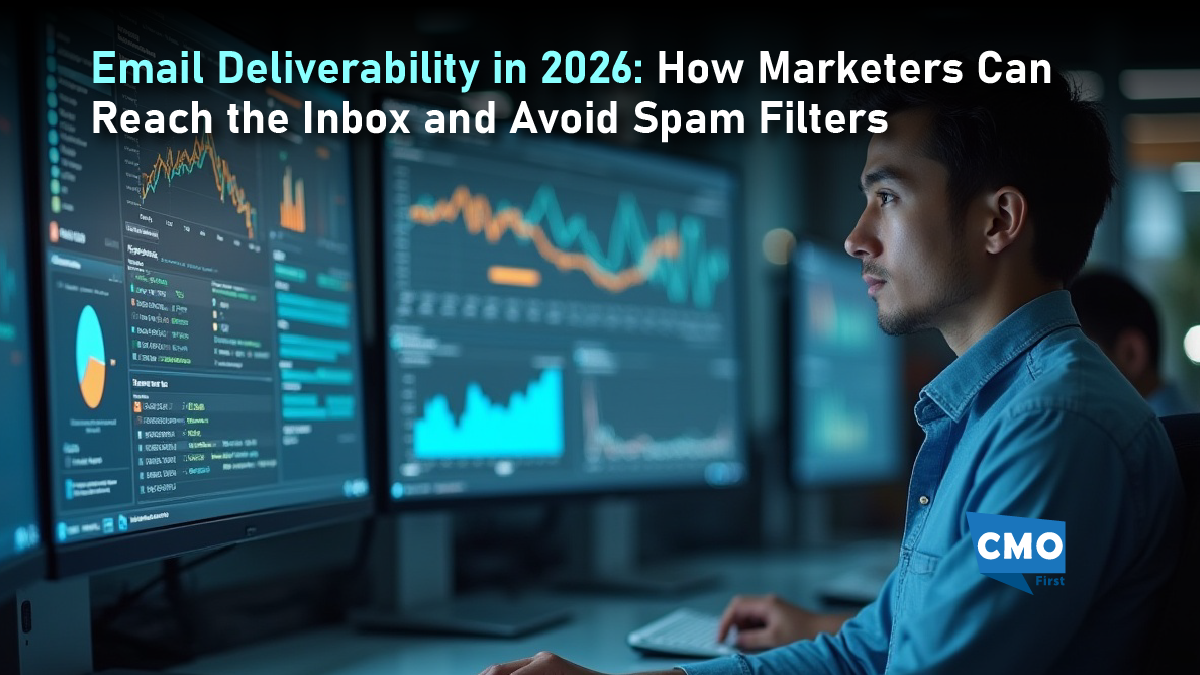

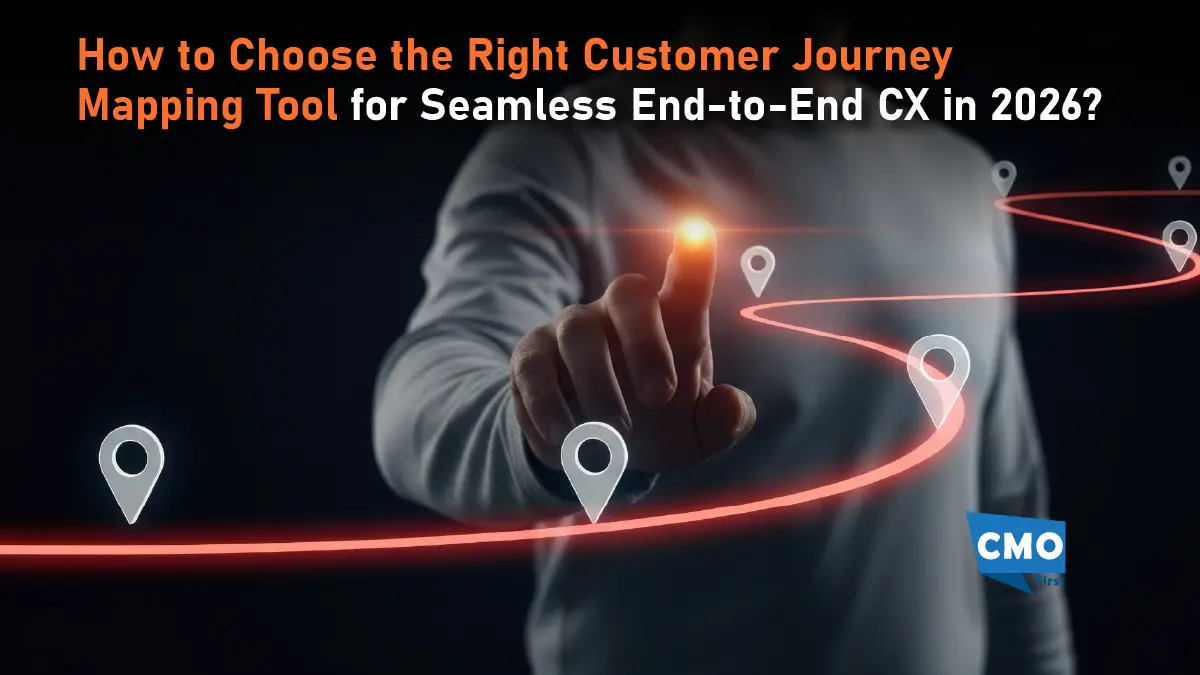
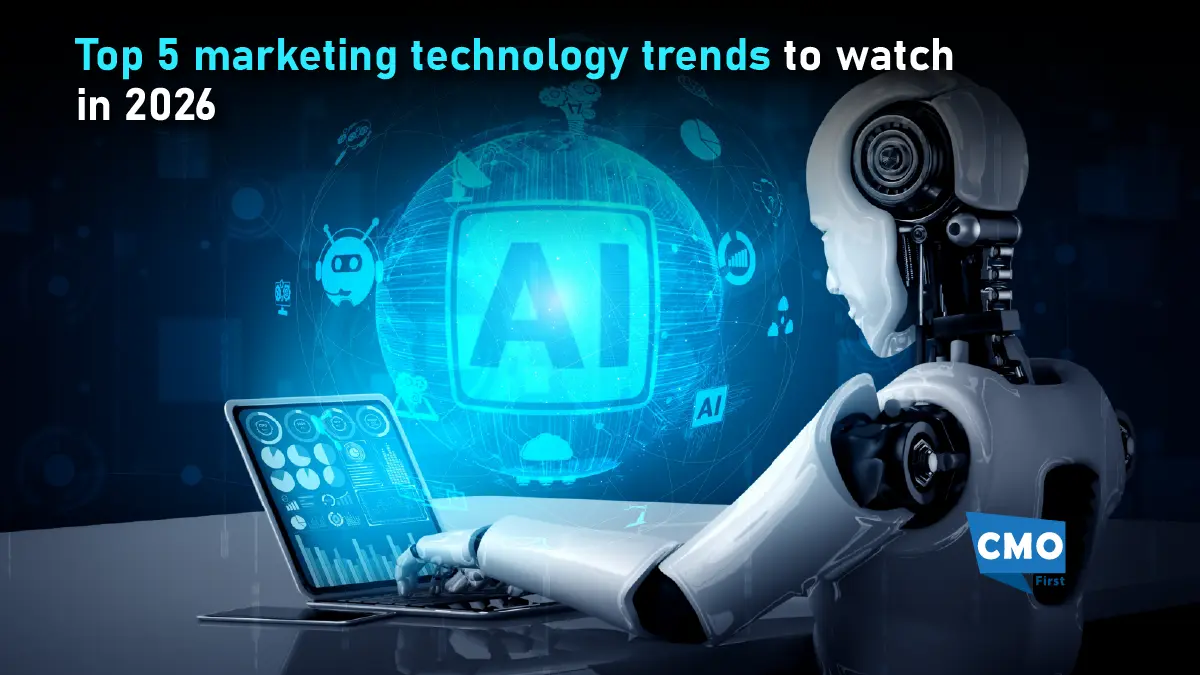
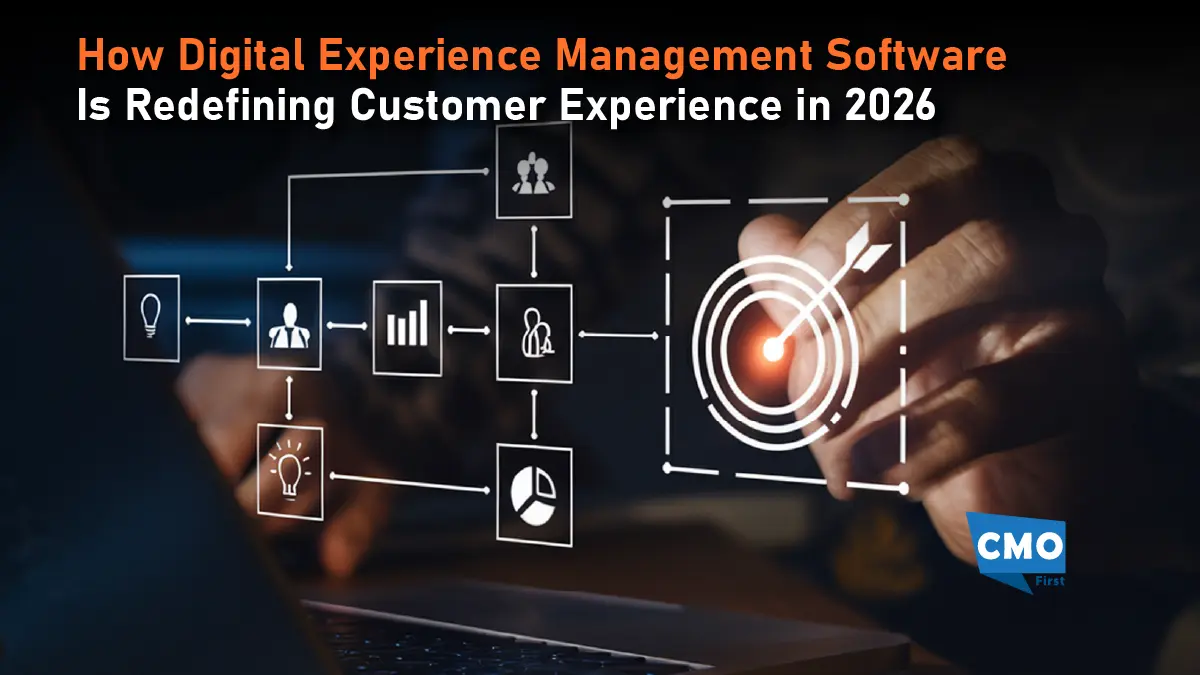
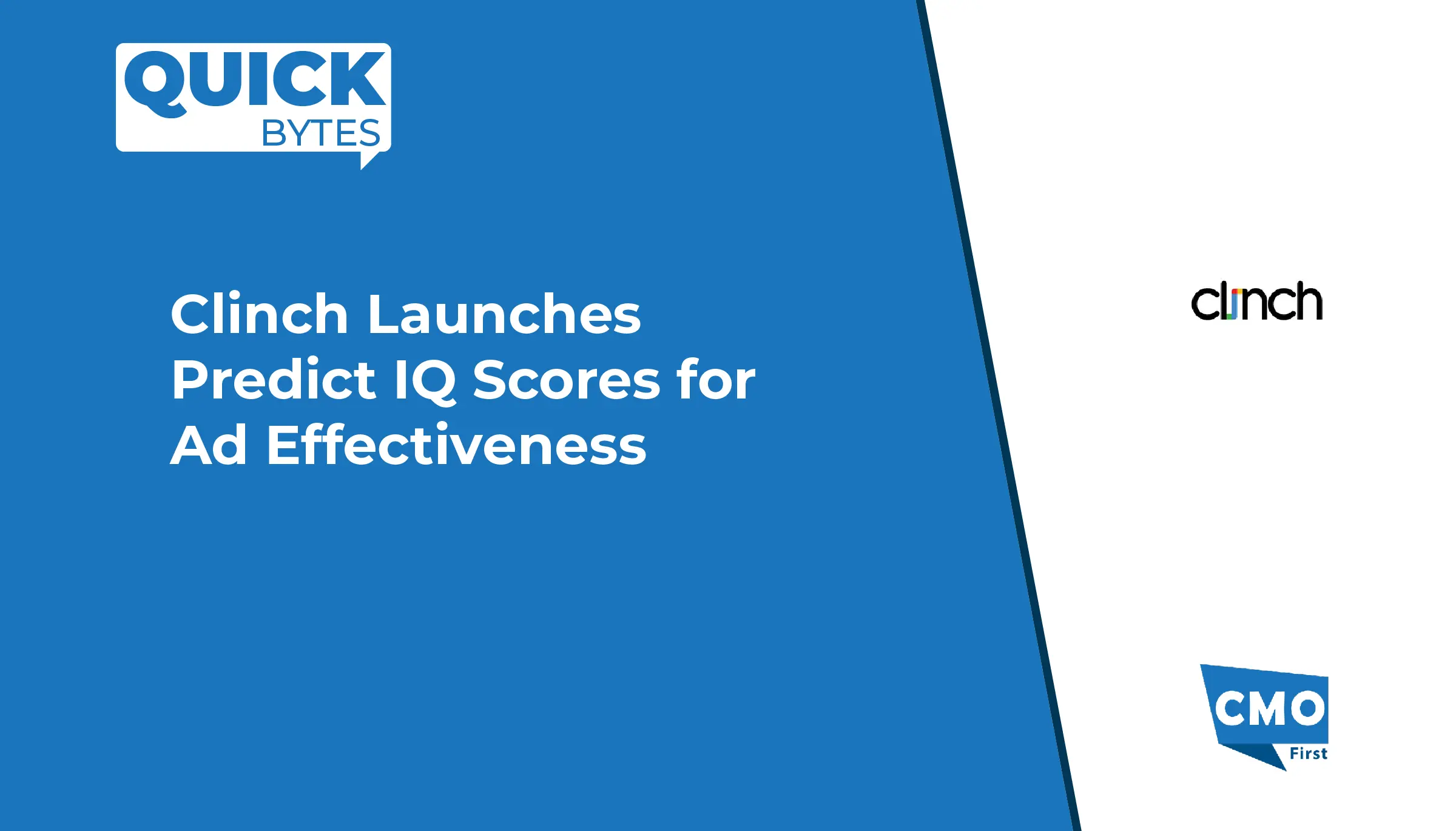

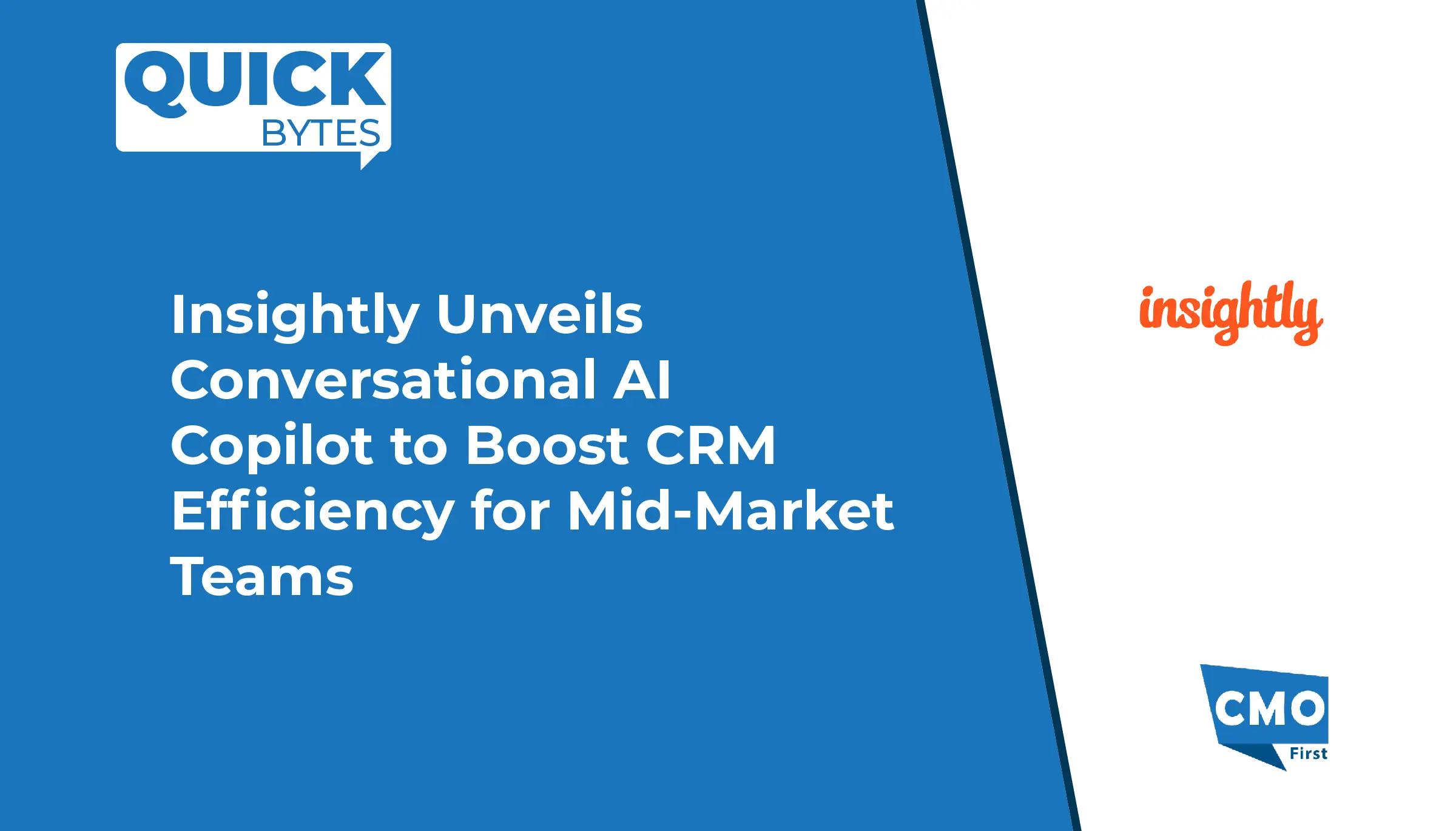

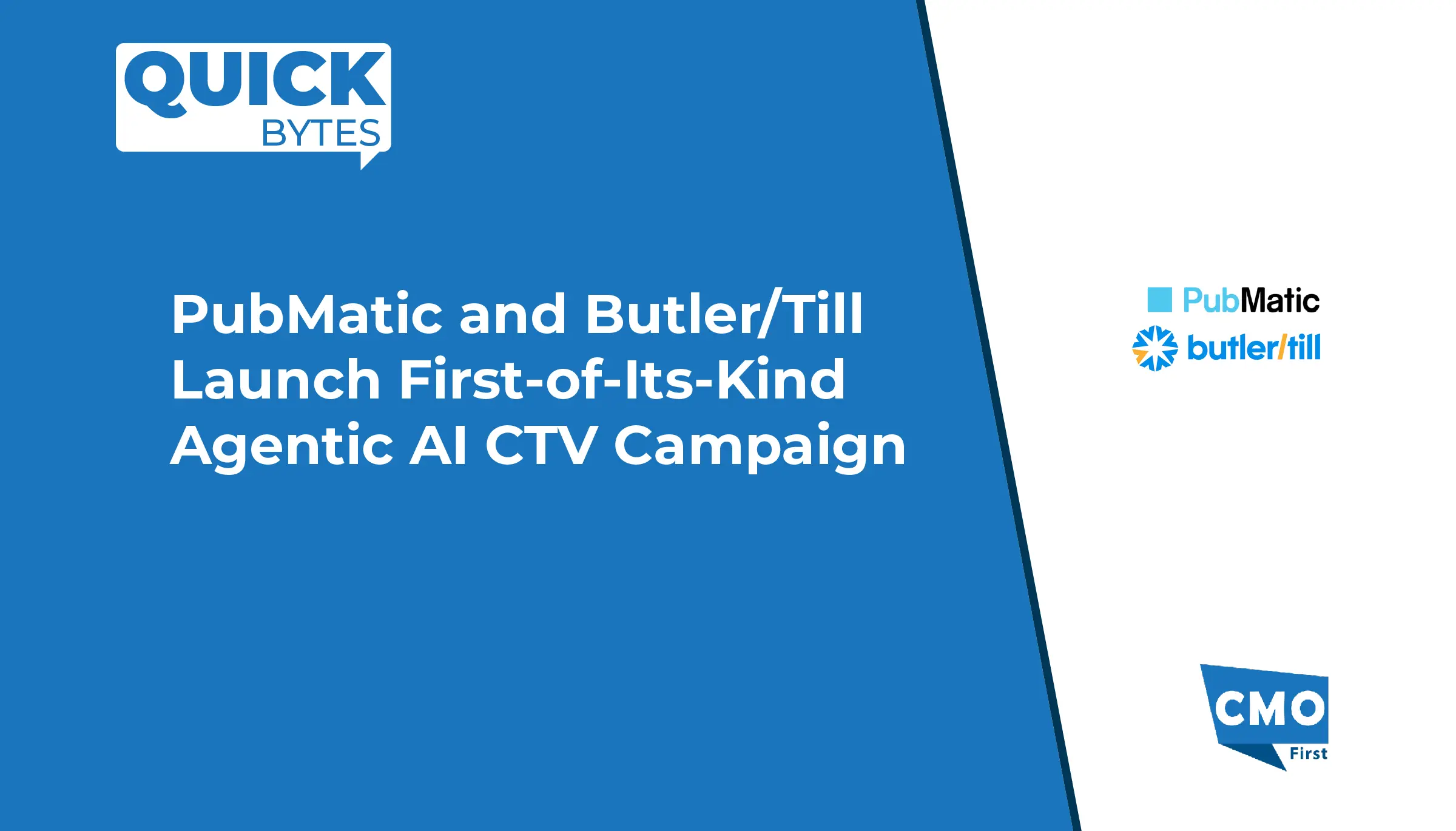



Leave a Reply